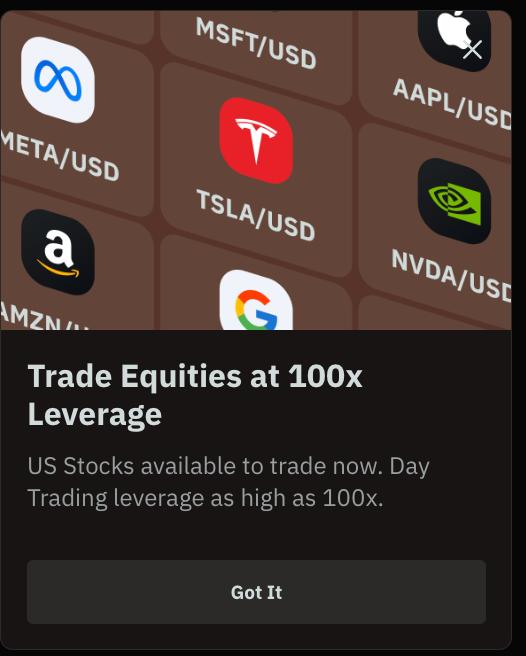WTI Crude Oil predictions for 2018

Oil prices rose slightly on Thursday. A decrease in the inventories of the US crude oil followed. However, increased crude production and rising gasoline stocks weighed on the market. As at 0101 GMT, the WTI crude oil futures were at $56.09 per barrel. This was a 0.23% increment from the last settlement which was 13 cents lower. On the other hand, Brent crude futures (LCOc1) which serve as the international benchmark for crude oils stood at $61.32, up 10 cents.
Traders in the market attributed the inching up of the crude oil prices to the falling US crude oil inventories. It is reported that in the week ending on Dec 1st, the inventories fell by 5.6 million barrels, down from 453.7 million barrels. This drop put the stocks below the seasonal low levels of 2015 and 2016. However, the predicted average price for WTI oil in 2018 will be $56.
West Texas Intermediate (WTI) crude oil is used as a benchmark in oil pricing. Besides being discounted against Brent, it is closely traded to OPEC basket as well as Brent.
What caused the prices to drop?
On Monday, Dec 4th, the price of oil dropped as expected when the U.S oil producers increased their production. However, because of OPEC and other oil producers deciding to extend the output cuts, the futures market remained relatively positive just like it was in 2015 when the production went down. On Monday, WTI crude oil was down 88 cents to $57.48 and Brent was down $1.30 $62.43.
Brent got lucky in November when prices hit a two-year high of $64.65. This helped bring in record investment from fund managers. According to American Shale drilling pioneer Harold Hamm, oil and gas companies are now exercising a lot of financial discipline because they are under pressure from shareholders. In other words, drillers will have to think twice in future before spending on a project to increase production. Investors want a consistent return on the funds pumped into the oil industry. This might bring about consistent growth and profits.
How is the market now?
In 2016, Organization of the Petroleum Exporting Countries (OPEC) and other players such as Russia agreed to cut oil production by 1.8 million barrels per day (bpd). This step was taken to help stabilize the oil prices which were extremely low. After the oil price recovered, US oil producers especially the shale oil producers were encouraged in 2017 to start or increase production. Last week, an agreement between oil producers was made to extend the production cuts until the end of 2018. The deal is supposed to be revisited in June 2018 when the next official OPEC meeting will be held. From a low price of $30 per barrel in early 2016, OPEC has engineered a system which has helped the price of oil reach $60 in 2017. Even though the price of oil remains unpredictable, it is expected the price of WTI crude oil and others will not drastically go down in 2018.
What are the 2018 crude oil predictions?
The U.S crude oil production has increased by 25,000 barrels per day. This brings the daily production to 9.71 million bpd. On Wednesday, the WTI crude oil price faltered despite the weekly oil productions reducing. It seems the futures traders were more concerned with the steep rise in gasoline inventories.
The fact that OPEC and other oil producers agreed to extend the cut on production till next year means that the price will remain in its present range. The financial discipline which the U.S producers are showing can be expected to extend to 2018. This is because investors are pressuring the producers and want their long-term funds to not only bring growth in the industry but consistent profits in the long run.
The market reaction has been good to all the measures and adjustments in the oil industry. However, Iraq’s indiscipline with regard to the production of oil seems to be ignored, at least publicly. OPEC has a very bullish approach to 2018. Their annual call is 33.42 million bpd against IEA prediction of 32.38 million bpd. This is a contradiction which the players should address.



























Comments (0 comment(s))